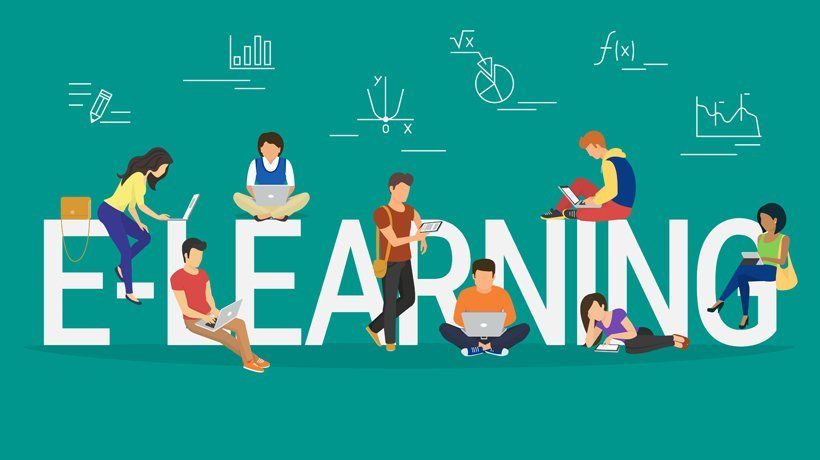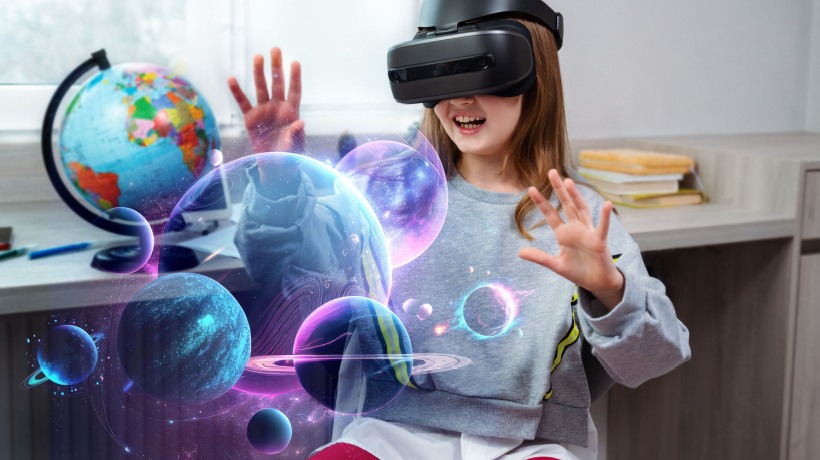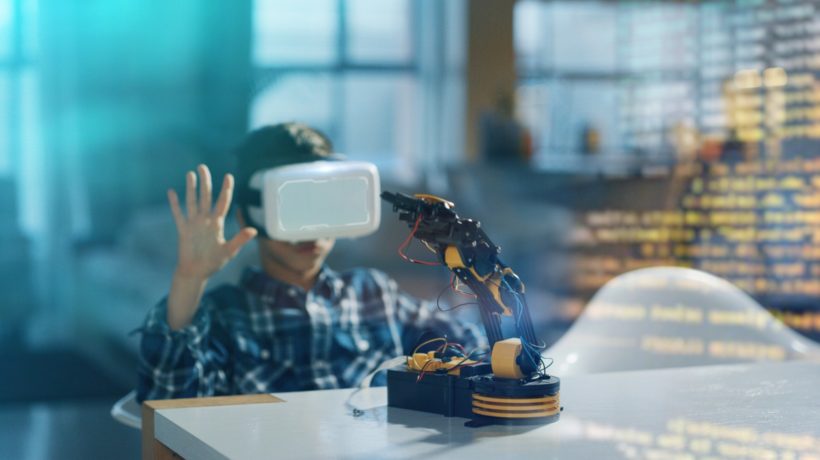Augmented Reality For Special Needs Learning
Modern technology can be suitably harnessed to motivate and engage children in interactive learning activities in order to promote their cognitive and social skills. Among new age technologies, augmented reality has a special ability to catch children’s imagination and promote attention, within safe and fascinating environments. Augmented reality for special needs learning can be utilized at different speeds and locations, and never lose patience with the frequent repetition that many of these learners desire.
How New-age Technology Can Help Special Needs Learners Imbibe Life Skills
Augmented reality is a variation of virtual environments, but has a few added advantages for special needs learning. With virtual environments the user is completely immersed in a virtual world and cannot see the real environment around him or her. This may cause some confusion for special needs learners and can hinder learning. In contrast, augmented reality allows the user to see the real world with virtual objects superimposed upon or composited with the real world. This provides the greatest benefit as learners remain part of the world around them and learn easily.
The exponential growth of the use and availability of smartphones and tablets, combined with the decrease in acquisition costs of these devices, make a suitable learning tool for special needs children. These multi-purpose devices when allowed in educational support can be useful especially for the development of socialization skills in special needs children.
Tobias’s Adventure During A Visit To A Zoo Park: An Augmented Reality GameBook
With the aim of creating an innovative book based learning game with interactive inputs to help special needs children develop social interaction and communication skills, the augmented reality gameBook Tobias’s Adventure During A Visit To A Zoo Park was created. In the game, the player can read the story by text or listen it by audio. The story will describe 5 scenarios and interactions with animals and real world situations which will guide the children to become involved on fictional contents associated with emotions. The game can be played on any mobile technology, such as a tablet, smartphone, or laptop, with either an external web camera or an inbuilt camera and is also available on an online server.
1. The Character.
Since it is the characters in a game which breathe “life”, the character Tobias was designed with expressions and features that allows the players to like him instantly. The expressions were designed by special detail and were accompanied by body gestures and facial gestures to reinforce the intended message. The characters’ head and eyes bigger than the rest of its body in order to arouse the child’s attention. The character expressed five different basic human emotions during the game - joy, sadness, fear, anger, and disgust. The game aimed to help learners see and recognize these emotions to understand what others are feeling or experiencing.
2. The Scenarios.
In line with the five emotions, the game includes five different scenarios, designed to involve the child on real life situations. These scenarios promote the child’s contact with different environments and will create some emotional reaction on the character - Tobias. The child will have to recognize properly the emotion that Tobias is feeling on that context with the purpose of advance to the next scenario.
3. The Text.
The text of the story narrates events and situations of the adventure of Tobias in the zoo. This story follows a structured sequence that begins with the feeling of being “Happy”, going on to feeling Anger, Sadness, Fear, and finally Disgust. With each scenario, the text describes the events and how it makes the character feel. Learner is encouraged to understand feelings and empathize.
4. The Audio.
The game also has an audio storytelling feature that allows the child to listen the story by audio sound. This audio narration has a voice of a child and is synchronized with the game. The game also has sounds of animals’ voices and background music to engage the learners. This attracts the attention of the little learners and help them get more involved in the game story.
5. The Mini-Games.
At the end of each scenario learners have to take up a simple quiz before proceeding to the next scenario. The learner is questioned on emotion and character felt during the scenario and is encouraged to choose the appropriate facial expression. In order to help learners, the game allows the child to observe the avatar in 3D representation by augmented reality. At the end of the game, the learner can also take up the Memory Challenge game where he or she has to select the appropriate pair of all 5 emotions and characters to finish the game.
The innovative game, with its graphical interface, characters interactions, audio, and text narrations mingled with augmented reality for special needs learning is functional as well as exciting. It is designed to captivate the young learners’ attention and successfully increases their motivation while developing necessary social skills.
Reference: Tobias in the Zoo – A Serious Game for Children with Autism Spectrum Disorders









